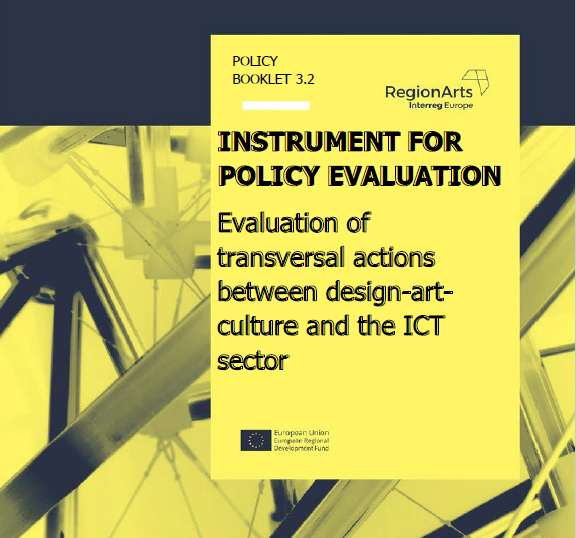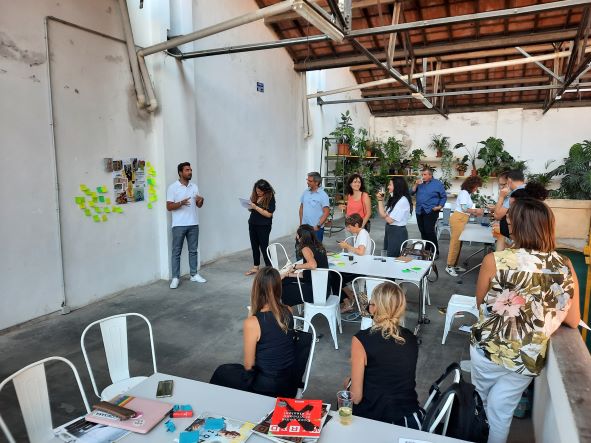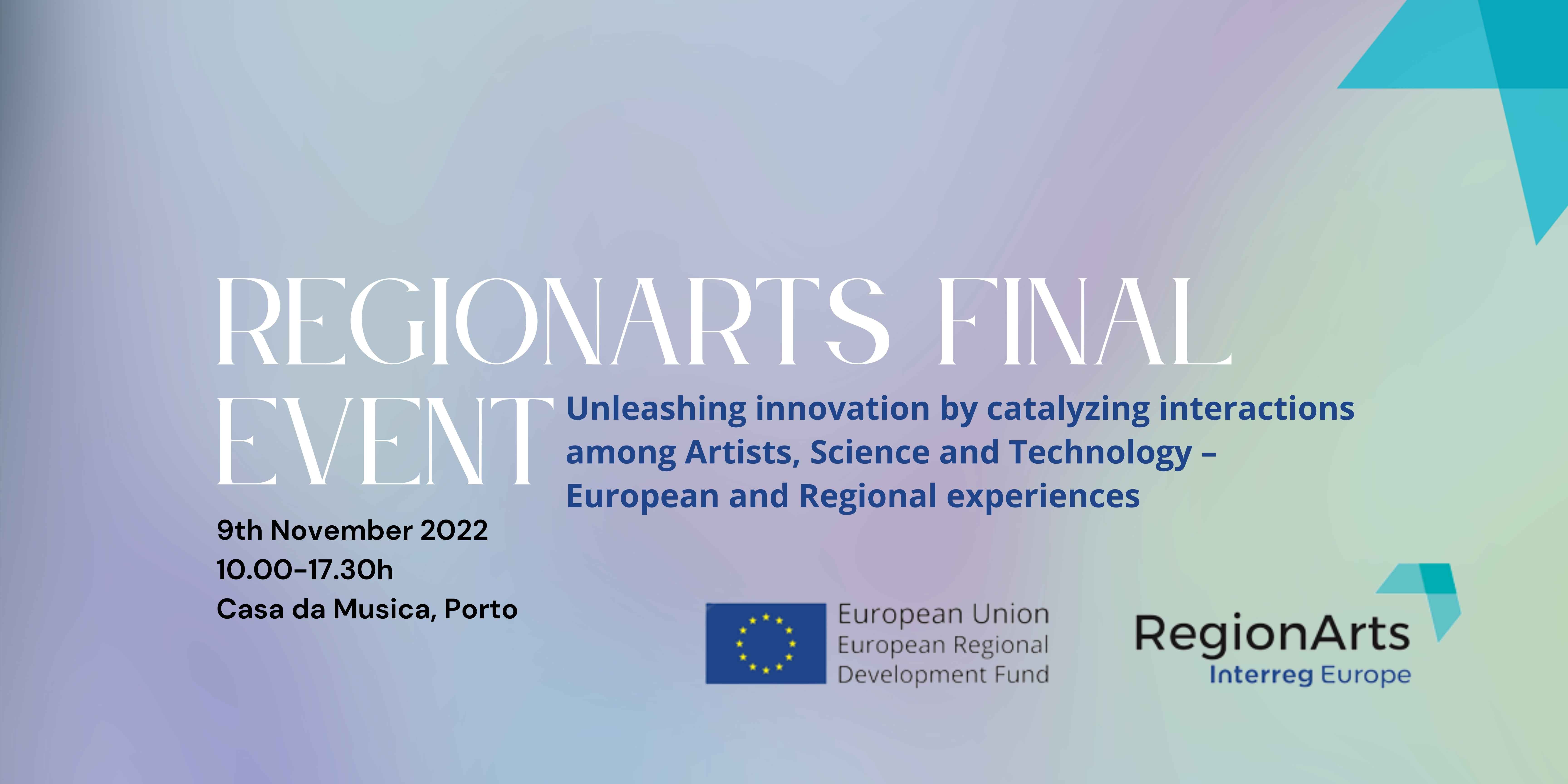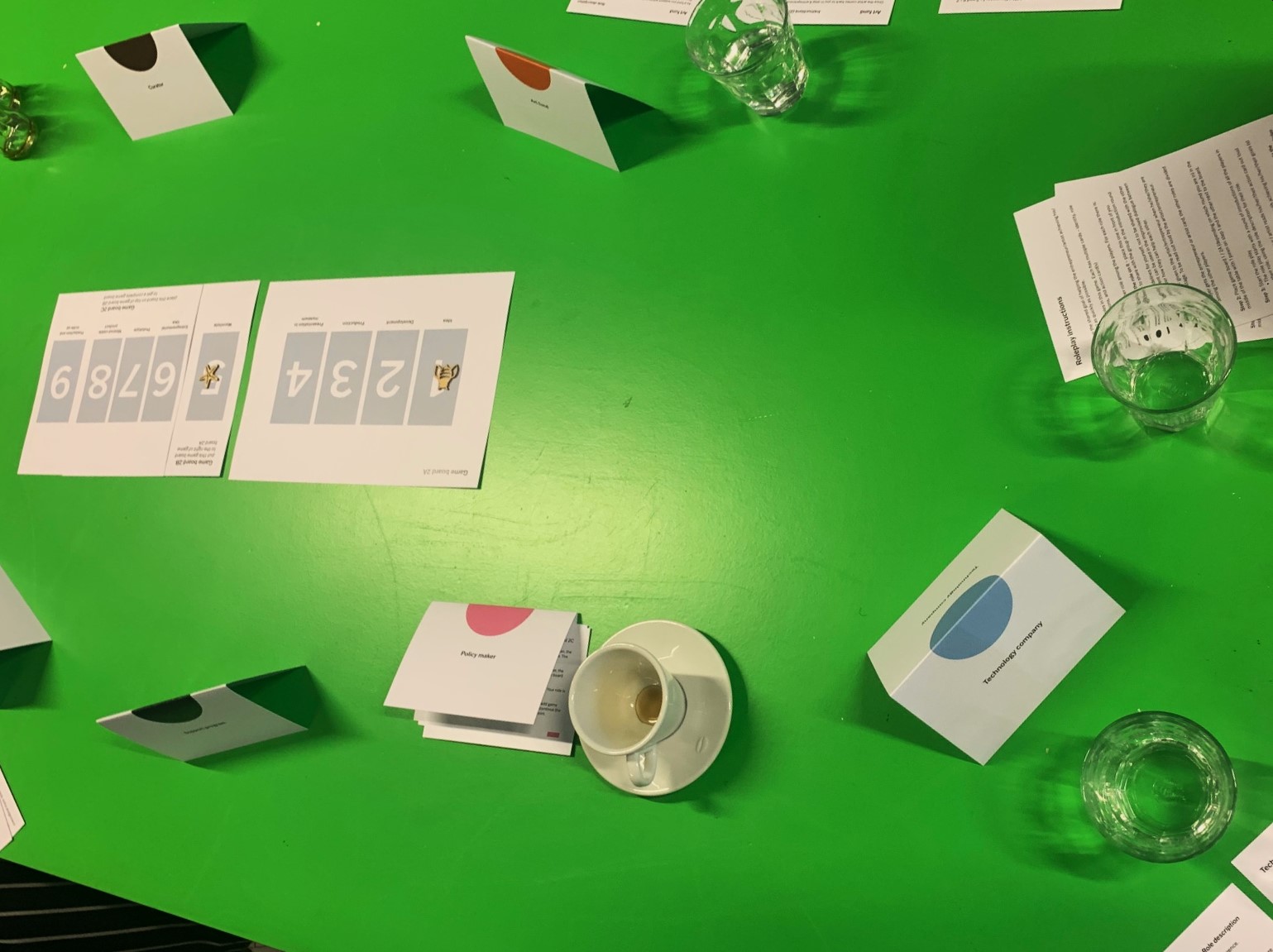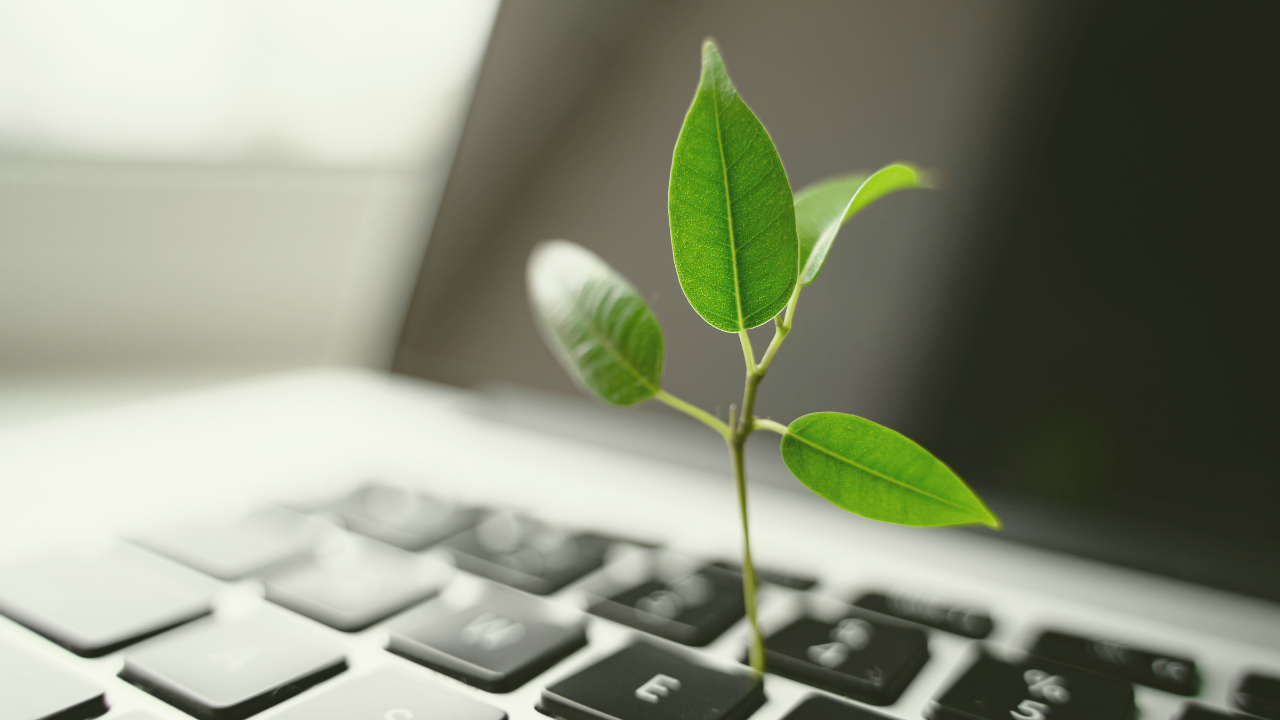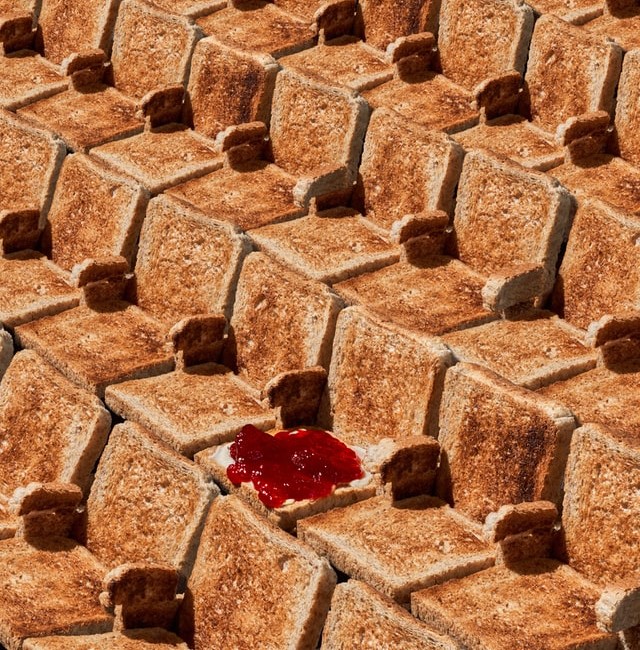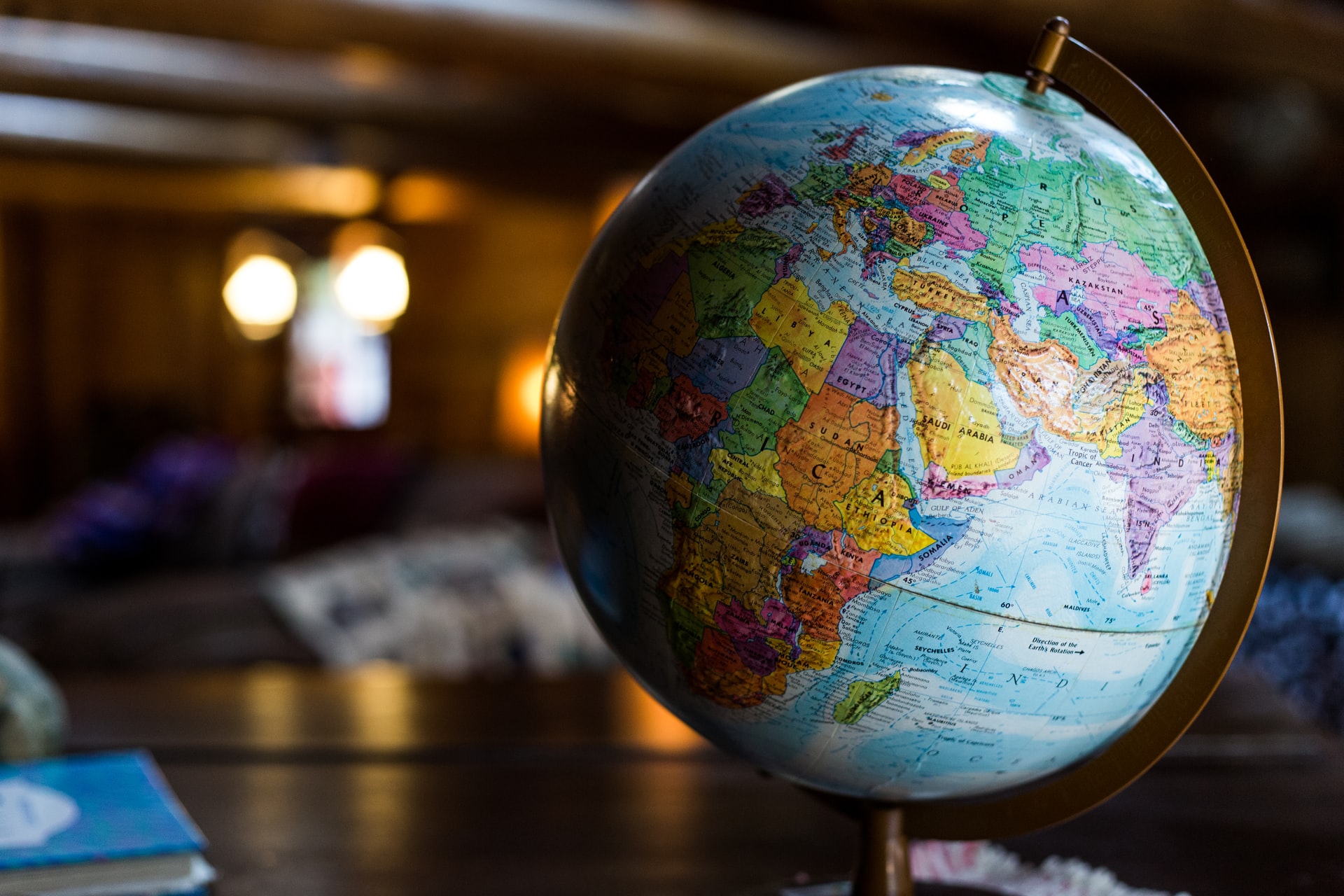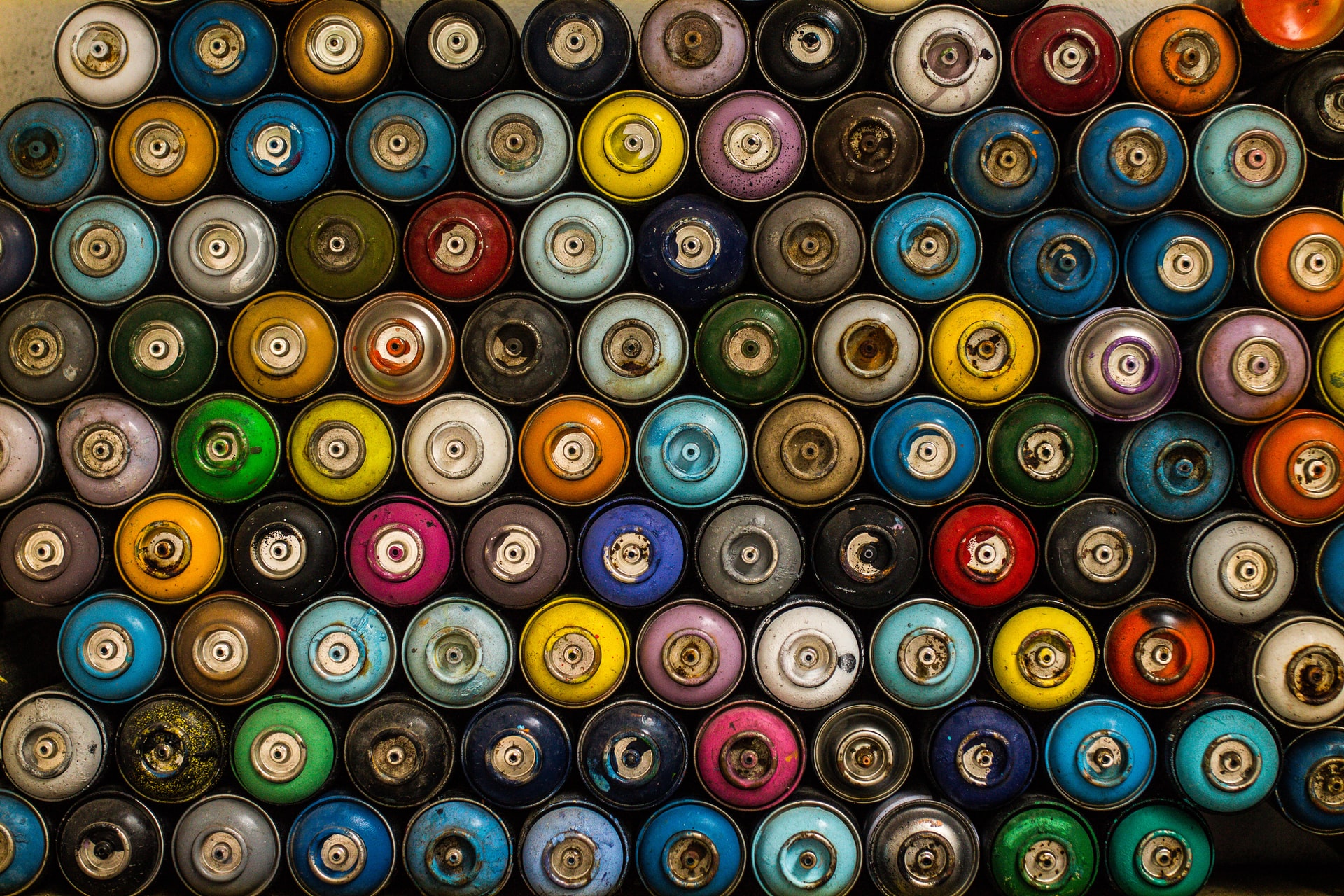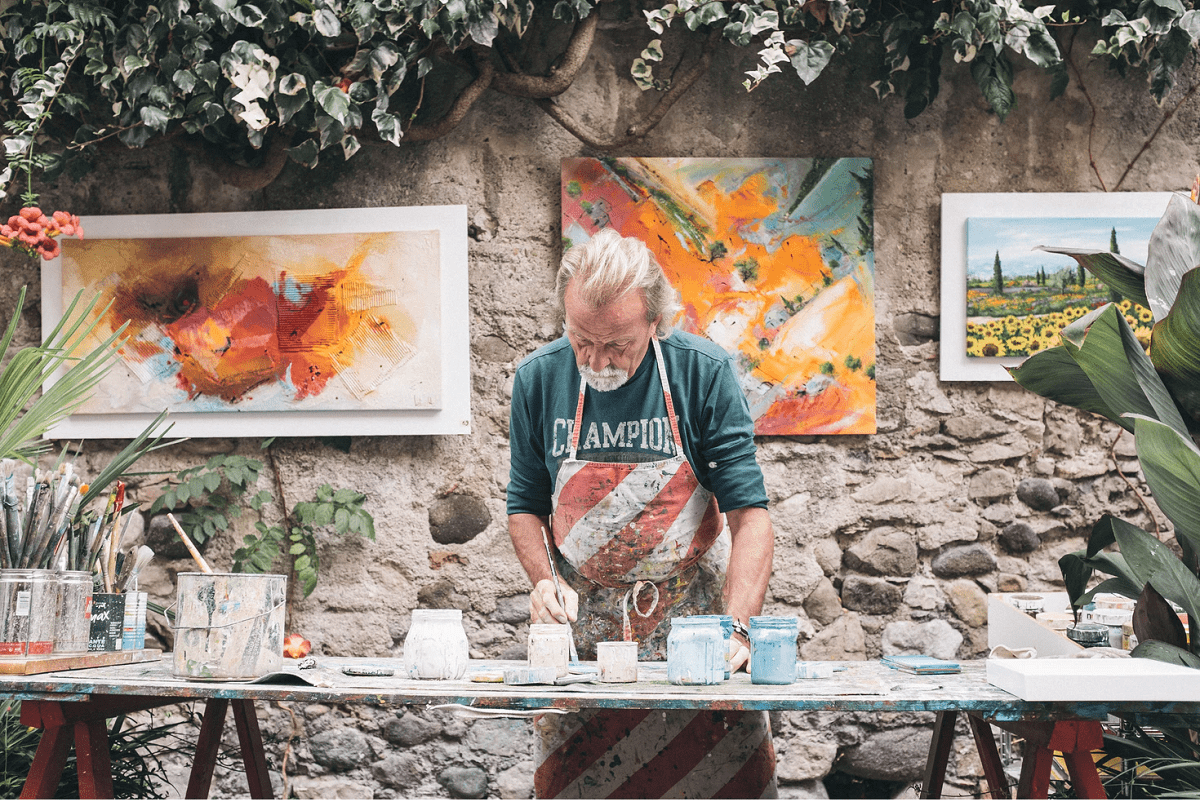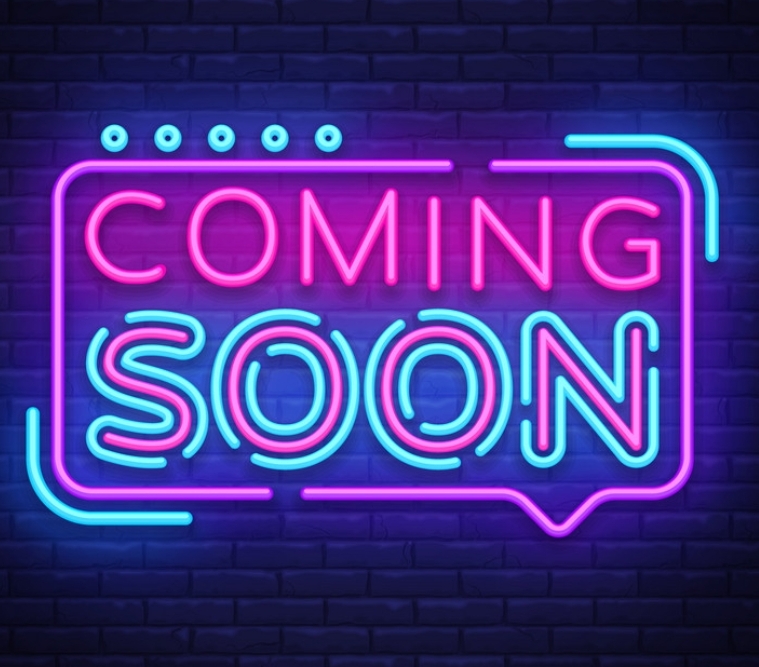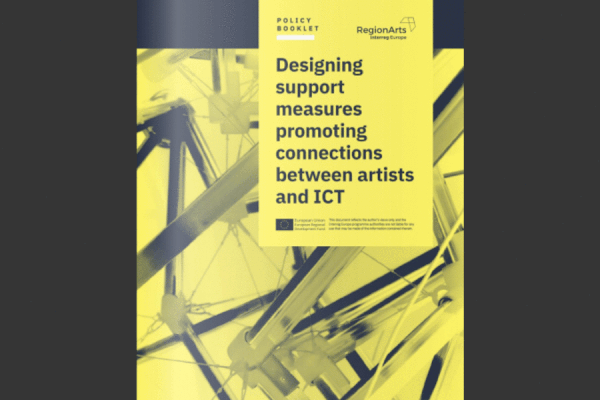The second RegionArts Exchange of Experience took place in Eindhoven on November 19-20, organized by Dutch partner Baltan Laboratories. After analysing the policy instrument in the previous exchange in Bologna, the focus of this gathering was to explore concrete tools for mapping ecosystems, both strategic and artistic, which reflect the nature of the project and its content.
The first day was dedicated to present Eindhoven-based initiatives relevant for the RegionArts project and to participate in a learning workshop about mapping, led by Ingrid Willems (Datascouts). The day started at Eindhoven City Hall where, after an introduction of RegionArts by Porto Design Factory, Sandra Koster (CEO Economy, Design and Culture at Municipality Eindhoven) explained some key facts behind the city’s successful model of integration and support to the creative industry, an important player in the regional economic growth.
As obvious as it may seem, everything started at Philips: the merging between the creative and corporate world began inside the company. Leaving Eindhoven and more specifically the Strijp-S area, lot of spaces became available in the former factories, which were then populated by creatives. In this landscape of high tech industries and a vibrant creative scene (Strijp-s, Sectie-C, Design Academy…), few important cultural events started, which are more and more mixing these two souls: Dutch Design Week and GLOW (International Light Festival).
Few blocks away from the City Hall, a street called Stratumseind is considered the longest pub street in the Netherlands. It’s no surprise that the place is also known for its frequent fights. To change that image, Stratumseind has become one of the “smartest” streets in the Netherlands. Lamp-posts have been fitted with wifi-trackers, cameras and 64 microphones that can detect aggressive behaviour and alert police officers to altercations. Tinus Kanters, project manager of the Living Lab Stratumseind, presented the project, its goals and the ethics behind the data collection, essential for the lab.

The afternoon session was hosted by Effenaar, a pop music venue that in the last years is trying to support innovation in the field, helping artists to integrate technology in their new production. Director Jos Feijen explained to the participants that their goal is to change the future of experiencing pop music, a very conservative field. In order to do so, they bought devices such as VR headset, sensors and controllers for artists to use and experiment with, encouraging them to prototype their ideas and test them with Effenaar audience. Natasja Paulssen, board member of the Hyperspace Institute, gave a presentation about the status of the art of VR in the Netherlands and the role of Hyperspace Institute in this context.
The last part of the day was dedicated to a learning workshop on mapping ecosystem, led by Ingrid Willems, CEO of DataScouts. After exploring the concept of an ecosystem with different graphic representations, participants collectively defined the steps of mapping: from desk analysis to field research, while selecting stakeholders and fixing parameters, in this way the first attempt of mapping could be carried out. The day ended with a presentation of Matteo Michetti from ERVET (the agency for the economic valorization of region Emilia-Romagna in Italy) about identifying the perimeters of Culture and Creative Industries, a classification that can change regionally according to the skills present in different areas.

The second day of the EoE started at Baltan Laboratories, in their public programme space in the basement of Natlab, the former Philips Physics Laboratory, repurposed in 2013 as a cultural space. Olga Mink, director of Baltan Laboratories, shortly introduced Baltan, a platform that Initiates experimentation on the crossroads of art, design, science and technology.
Following this, was a deep mapping workshop by audiovisual artist Miss Milivolt aimed to teach participants to listen to their surroundings in a different way, discovering the influence sound has on the perception of places. After a series of personal exercises on listening, a bit of sound theory and few examples from artists’ practices, participants went for a walk in the neighbourhood of Strijp-S and, through the deep mapping kit designed by Miss Milivolt, were able to create their own sound map of the area. It was an important exercise for the group, an exercise about observing while influencing, as in the RegionArts project: mapping ICT and art collaborations, while helping to shape them.

Discover all our photos in the RegionArts Library section!


